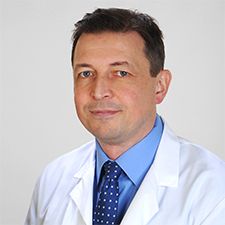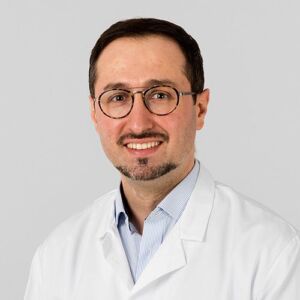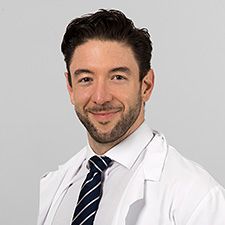Many years of expertise
Our clinic is an internationally renowned institution known in the field of diagnostics and minimally invasive, image-guided treatment. The physicians working at the department of neurorodiology are very experienced in treating vascular malformations in the head / neck region by means of embolization and sclerotherapy.
Latest treatment methods
At the Department of Neuroradiology, we strive to offer the best possible treatment to every patient. We therefore use the latest interventional methods, the most advanced materials and instruments, and cutting-edge imaging techniques. This allows us to offer the best possible treatment to every patient.
Latest treatment methods
At the USZ, we have the opportunity to discuss complex cases with specialists from other disciplines (angiology, interventional radiology, plastic surgery, vascular surgery, dermatology). The treatment options are then discussed in detail with patients and referring physicians and are planned together.
To guarantee optimal treatment selection and patient care our experienced neuroradiology interventionists further collaborate with experts from other clinics as well as with outstanding nursing and rehabilitation specialists before, during and after the intervention.



